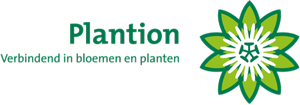The choice of pre-treatments for Aster is being enlarged from June 15, 2016
Last year, Florissant had a new product checked for its effect as a vase life-extending agent for Aster. The Florissant product met all the conditions set, and thus it is being added to the mandatory aspects in the product specification for Aster.
Change:
- The following product is added as permitted substance for pre-treatment of Aster:
o Florissant 810 = code 21 on the label.
Along with Florissant 810, the products with code 11 on the label (basis of sodium dichloroisocyanurate) are also permitted.
- You must state the correct code of the pre-treatment product in your supply information. With this code the laboratory can check that the pre-treatment product is being used correctly.
o The grading code S65 pre-treatment must be added from today at position 6 in your EDF software package.
o For grading code S65 you must select the correct pre-treatment product by using code 21 on the product’s label = Florissant 810.
This product should be administered according to the instructions for use.
GRADING CODE
| Product group no. | Name | SK1 | SK2 | SK3 | SK4 | SK5 | SK6 |
| 1 01 081 | Aster | S20 | S21 | S05 | L11 | S65 | |
| Mandatory | Mandatory | Mandatory | Mandatory | Pre-treatment
information code |
S20 = Minimum stem length
S21 = Weight
S05 = Stage of maturity
L11 = Number of stems per bunch
S65 = Pre-treatment
For more information or if you have any questions, please contact:
Royal FloraHolland Laboratory
T 0174-632637 or 0174-632610



